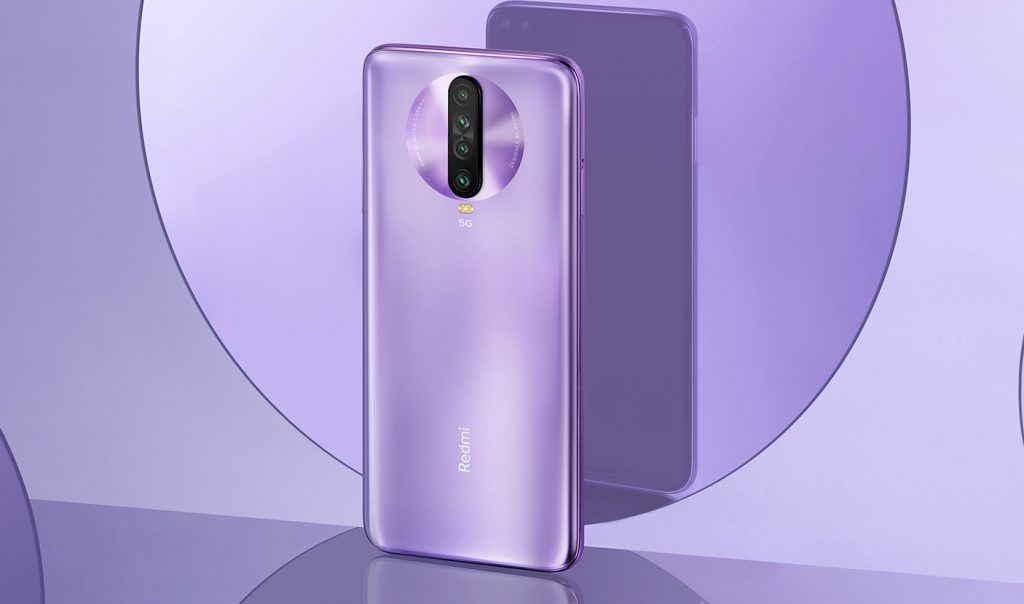Xiaomi's new screen tech just one-upped OnePlus – and it could be in the Mi 10
Fastest phone screen refresh rate so far

There's a race going on in the phones world, where phone companies are tripping over themselves to offer higher screen refresh rates. 2019's OnePlus 7 Pro and Google Pixel 4, among others, reached 90Hz, and a few gaming phones like the Asus ROG Phone 2 offer 120Hz, but it seems Xiaomi is about to top that as it just showed off a 144Hz refresh rate.
This comes from a Weibo post, where Xiaomi Vice President Lu Weibing showed the Xiaomi Redmi K30 5G, an upcoming phone, running on a few different refresh rates including 144Hz.
It's worth pointing out that we probably won't see this phone released in the likes of the US and UK, as the Redmi K series is typically only available in Asia, but we could still see the tech on a different phone.
- These are the best Xiaomi phones
- Check out our Xiaomi Mi 9 review
- Will the Samsung Galaxy S11 have a 120Hz screen?
A 144Hz screen refreshes 144 times per second, much quicker than your standard phone at 60Hz, and this makes scrolling around your Twitter feed, for example, look much cleaner and smoother.
The main reason for 144Hz, however, is gaming – many of the top gaming monitors are 144Hz, and a phone with a refresh rate like this is likely intended for intense gaming. It gives you better response times in action games, as you'll see enemies quicker and can react faster, but it also creates more life-like and realistic animations in general. Another phones company Nubia is also working on the tech, and it's likely we'll see it in the Red Magic 4, its next gaming phone.
The new reveal is likely also intended to one-up OnePlus, which recently showed off its new 120Hz screen technology that could appear in the OnePlus 8. While 120Hz is a touch slower than 144Hz, OnePlus had a collection of other display enhancements which could give it the edge.
Since Xiaomi itself showed off the tech, not a leaker, it's very likely we'll see it in more phones soon, and we've got an idea of which ones could be in line.
Get daily insight, inspiration and deals in your inbox
Sign up for breaking news, reviews, opinion, top tech deals, and more.
Will the Xiaomi Mi 10 have a 144Hz screen?
The next anticipated Xiaomi release in the west is the Xiaomi Mi 10, which is expected in January or February 2020. We've heard positive things about the device already, and there's a big reason we might see the Redmi K30 5G's 144Hz screen appear on the device.
This reason is simple – Redmi K phones in the past have been repackaged (with minor specs tweaks) and sold in the west as Xiaomi Mi phones. We saw this with the Redmi K20, which was almost identical specs-wise to the Xiaomi Mi 9T, even down to its rear camera layout, pop-up selfie camera, and weight.
Sure, there were a few differences, like the chipset and charging speed, but the similarities far exceeded the differences.
We could then see the Redmi K30, which wasn't released in the west, re-branded as the Xiaomi Mi 10, therefore bringing the 144Hz screen to the Mi 10. Some of the K30 specs don't line up with what we've heard of the Mi 10, but Xiaomi could make a few changes in translation (or the Mi 10 leaked specs could be wrong).
Of course, it's entirely possible that Xiaomi ends up making the Mi 10 a unique phone instead of re-branding the K30, but in that situation it still could bring the 144Hz screen over if it proves popular.
We'll find out for sure about the Xiaomi Mi 10 in the coming months, as it's expected to launch before or during MWC 2020 in late February. Stay tuned to TechRadar for all the news until then.
Via UberGizmo

Tom Bedford joined TechRadar in early 2019 as a staff writer, and left the team as deputy phones editor in late 2022 to work for entertainment site (and TR sister-site) What To Watch. He continues to contribute on a freelance basis for several sections including phones, audio and fitness.